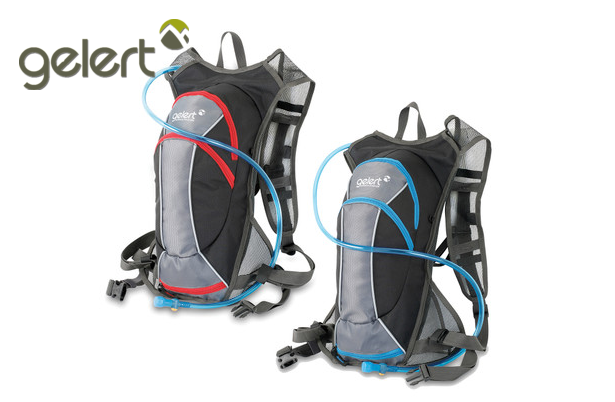There can be few things more exhilarating than embarking on a long hike, the sun shining down, and thinking of the miles of beautiful countryside that lie ahead - whether it’s mountains, lakes, rivers, or grassland.
But no matter where you’re going, one thing should always take priority: staying hydrated. Whether you’re embarking on a 40-mile odyssey across the Pennines or a quick 5-mile stroll around the outskirts of the village, hydration retains equal importance, and should always be taken into account.
How to keep hydrated on a hike
Rather than walking for a few miles, drinking a pint of water, then going without a drink for another hour or so, you’re always better off maintaining a fairly constant but slight water intake. One way of achieving this is to invest in a water bladder hydration system, which can be stored in the relative coolness of your backpack and be sipped through a tube near your mouth. This prevents having to stop at all, and ensures you keep a constant water intake.

Another option, and one which comes in particularly useful during long hikes when carrying all that water will become a burden, is to invest in a portable water filter (although of course this assumes that your route passes a stream or other source of water). These vary in composition and price, depending on your requirements, although many of the most popular ones can be picked up for under a hundred pounds.
One variety is the gravity filter, where water is stored in a pouch and drips down through a filter to a receptacle. These are a useful option for larger quantities of water, which can be treated in a relatively short space of time. Another advantage of using a filter over a purifier (mentioned below) is that they filter out particles from the water, such as grit and other matter.
Another option is to use a purifier, which typically works with chemicals in order to eliminate bacteria from the water. Purifiers are more effective at killing viruses, too - something filters are usually unable to achieve - and are, therefore, a better option in this respect.
Your method of keeping hydrated, then, really depends on the length of the hike and the amount of water that’ll be required. If you’re heading out for a relatively short stroll, then a water bladder or even an aluminium bottle should suffice. For longer distances, however, when you might require an external water source, a filtration or purification system can be a relatively cheap and reliable way of staying hydrated.




